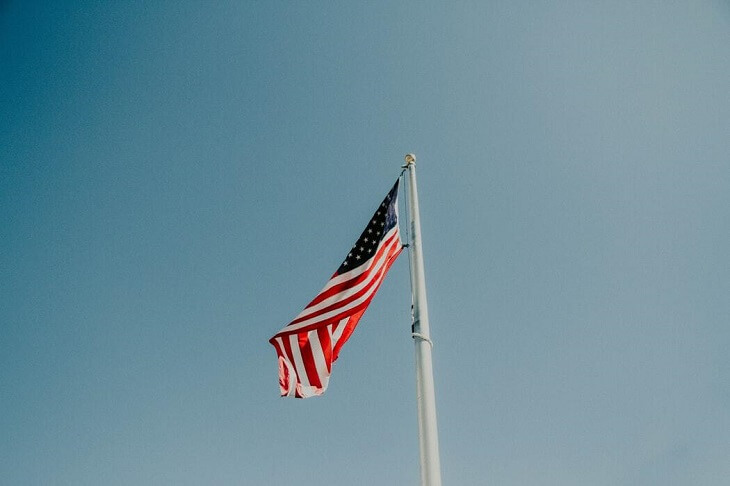
How can Landlords Maximize COVID-19 Government Programs?
As the COVID-19 pandemic continues to spread, its effect continues to worsen as well. It has brought unexpected unemployment and has put millions of people at health and financial risk. The situation has made other’s lives tougher especially to renters. With a sudden surge of job loss, people are having a hard time paying rents. It is indeed a difficult time to be a renter. While most people talk about the renter’s struggles during these difficult times, did they think how hard the situation is for landlords as well? In the previous article, we talked about how landlords can deal with rent payment issues during COVID-19. Today, we will highlight how can landlords maximize COVID-19 government programs.
I hope tenants do not get landlords wrong. Many of them would love to forgive rents but landlords find it hard to do. Why? Simply because they still pay taxes, mortgages, utilities, maintenance, and insurance despite the crisis. The government has initially responded and created programs to help people with housing problems.

How can landlords maximize COVID-19 government programs and what have they done to help landlords?
In March, Congress created the Coronavirus Aid, Relief, and Economic Security Act (CARES). It is a $3 Trillion program that consists of relief measures for businesses, state and local government, and individuals. The program includes a 60-day moratorium on foreclosures on homes with federally backed mortgage loans. Specifically, homes insured by the Federal Housing Administration, Freddie Mac, Fannie Mae, or another federal agency. Moreover, the program allows multifamily property owners to request forbearance up to 90 days if they have federally backed mortgages without interests.
Is there any additional assistance created by the government?
Recently, the government created a second wave of funding to the CARES Act. Several programs were created to aid sole proprietors, self-employed, small businesses, and independent contractors. The newly added programs include Paycheck Protection Program (PPP), SBA Express Bridge Loans, SBA debt relief, and Economic Injury Disaster Loan.
Paycheck Protection Program is an SBA loan that helps business keep their workforce employed during the COVID-19 crisis as defined by SBA. This option might not best apply for landlords as most of them do not have many employees. But if you have any W2 employees or you pay yourself as a W2 or 1099 employee, you can still qualify for some assistance. You may check the highlighted link for more information about PPP.
Concurrently, the same eligibility applies to SBA Express Bridge Loan and SBA debt relief programs. SBA Express Bridge Loan enables small businesses who currently have a business relationship with an SBA Express Lender to access up to $25,000 quickly. It will help small businesses overcome the temporary loss of revenue they are experiencing. In addition, it can also be a term loan or used to bridge the gap while applying for a direct SBA Economic Injury Disaster Loan.
On the other hand, SBA debt relief provides a financial reprieve to small businesses during the COVID-19 pandemic. In this program, the SBA will pay 6 months of principal, interest, and any associated fees that borrowers owe for all current 7(a), 504, and Microloans in regular servicing status. The new 7(a), 504, and Microloans disbursed before September 27, 2020, is also included. However, this relief is not available for Paycheck Protection Program loans or Economic Injury Disaster loans. Borrowers do not need to apply for this assistance. You may check the other qualifications here.
Government Program for Landlords

The three programs mentioned above seems to be inapplicable to landlords. What is the best option for them now? Let us discuss the Economic Injury Disaster Loan (EIDL) further.
Economic Injury Disaster Loan (EIDL)
EIDL offers financial assistance to small businesses, private, non-profit organizations, and landlords / rental property owners. The SBA has begun accepting new Economic Injury Disaster Loan (EIDL) and EIDL Advance applications on June 15.
Who can apply for EIDL?
- SBA qualified small business owners
- Private, non-profit organizations
- Landlords
- Independent contractors
- Sole proprietors
- Agricultural businesses include those businesses engaged in the production of food and fiber, ranching, and raising of livestock, aquaculture
- All other farming and agricultural related industries
How EIDL Works?
Based on the actual economic injury, the eligible entities can loan up to $2 million. The term of the loan can be up to 30 years, with interest rates of 3.75% for businesses and 2.75% for non-profits. Furthermore, the principal/interest for all of 2020 will be automatically deferred up to one year. The program also includes up to $10,00 emergency grants to landlords that have employees.
The borrowers may use the loan as working capital, for equipment purchases, mortgage payments, inventory, and other operating expenses. They can lend up to $2 million in disaster assistance under EIDL. However, the amount will be based on the impact of economic damage. SBA will determine the damage.
After applying, landlords with employees may receive up to a $10,000 emergency advanced. This loan advance does not need to be repaid. Also, recipients do not have to be approved for a loan to receive the advance, but the amount of the loan advance will be deducted from total loan eligibility. Any additional loan amounts will be repaid at the interest rate of 3.75% for businesses or 2.75% for non-profits, within 30 years of the loan date. And there is no penalty for early repayment.
If your tenants are paying rent and you are not able to evict them, you may be able to file for EIDL grant by using this link: https://www.sba.gov/funding-programs/loans/coronavirus-relief-options
The application dates for an EIDL began the week of April 6th, 2020. However, grants are available until December 31, 2020. The application process should not take more than 30 minutes and funds are deposited by the SBA based on credit score and financial need.
Other Government Programs
Tax Solutions
Small businesses can also take advantage of new tax provisions under the CARES Act that can help them during these tough times. For example, tax returns from 2018, 2019, and 2020 can be altered to distribute net operating losses up to five years. Take note, this is without taxable income limit. Furthermore, employers and self-employed people can also defer paying the employer share of their Social Security payroll taxes incurred from the CARES Act enactment date through the end of 2020. Half of the deferred amount may be settled at the end of 2021 and the rest payable at the end of 2022.
Also, some local governments prepared COVID19 relief and financial assistance programs. Hence, check your local state policies.
These are just a few ways of how can landlords maximize COVID-19 government programs. Make sure to keep yourself updated.